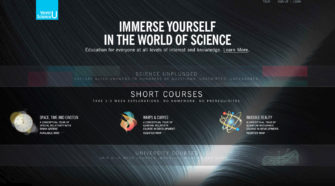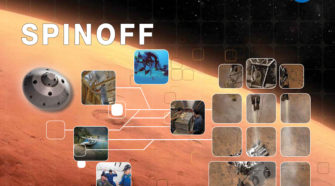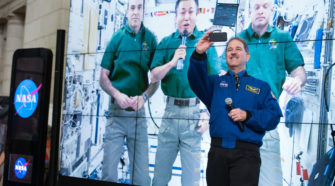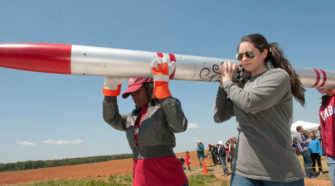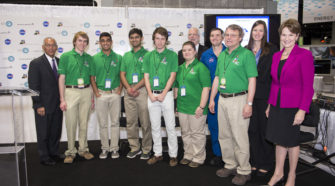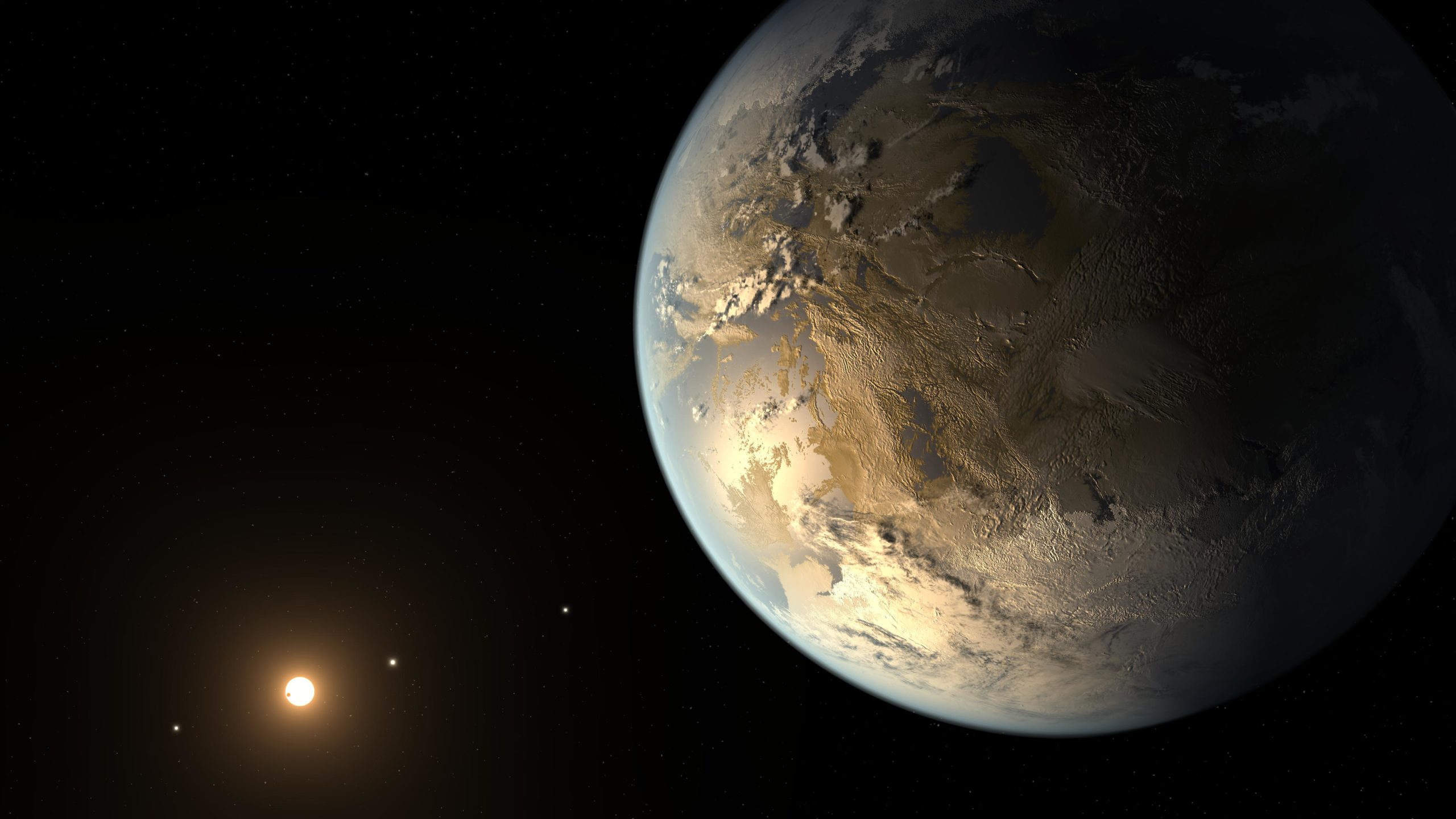Education
World Science U launches online learning for everyone
World Science U is an up and coming web-based school that offers massive open online courses (MOOC). It was created by Dr. Brian Greene, Theoretical Physicist, so that top researchers and educators could guide any student’s way through the expansion of their scientific knowledge at whatever level they are most comfortable approaching. There are no …
Spinoff 2013 shows how much space is in our lives
Water filtration bottles, comfortable car seats and remote medical monitoring devices all have one thing in common – they all have benefited from NASA technology. These products are featured in Spinoff 2013, an online publication now available that highlights commercial products created using NASA-developed technology, including some developed at the agency’s Jet Propulsion Laboratory in Pasadena, …
NASA selfie during Earth Day 2014
NASA Astronaut John Mace Grunsfeld takes a quick selfie with astronauts at the International Space Station at the NASA sponsored Earth Day event April 22, 2014 at Union Station in Washington, DC. NASA announced the “Global Selfie” event as part of its “Earth Right Now” campaign, celebrating the launch of five Earth-observing missions in 2014. …
‘Smoke and fire’ rise over Utah Salt Flats as student rockets soar
The 2013-14 NASA Student Launch rocketry challenge has come to an end – and brought something new to the Bonneville Salt Flats in Tooele County, Utah, where car and motorcycle enthusiasts regularly watch cutting-edge vehicles put to the test, speeding across the vast, flat expanse. On May 17, all eyes there turned upward as 16 …
Students create winning design for NASA’s first flight of Orion
After a year-long competition among high school teams across the country, evaluators from NASA, Lockheed Martin and the National Institute of Aerospace have selected Team ARES, from the Governor’s School for Science and Technology in Hampton, Va., as the winner of the high school portion of the Exploration Design Challenge (EDC). The announcement Friday came …
Kepler finds nearest twin to Earth yet
Using NASA’s Kepler Space Telescope, astronomers have discovered the first Earth-size planet orbiting a star in the “habitable zone” — the range of distance from a star where liquid water might pool on the surface of an orbiting planet. The discovery of Kepler-186f confirms that planets the size of Earth exist in the habitable zone …

